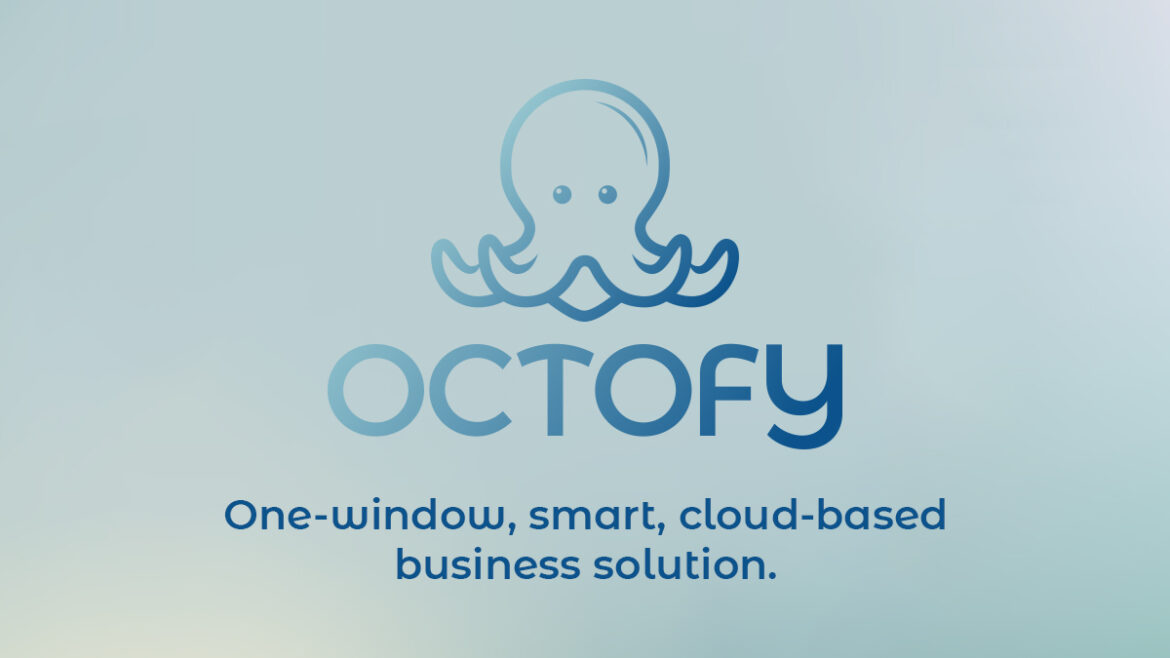It is an HR cloud based system that enables the Human resource department of companies to manage their daily and routine tasks efficiently. Its features are designed keeping in mind to give an amazing, sleek and smooth experience to the users. The highlight of this system is that it is a one window smart cloud based solution that automates your daily HR functions seamlessly.
Understanding The Benefits:
In today’s era people need to understand the goods and bads of old working ethics, not all the work structures used in old times are appropriate and considered right in the modern world. There are things that are changing as time changes and we can not stay back if we want to succeed in recent times. Cloud based systems are one of the needs of the time that are neglected by many and its benefits are not understood properly or we can say that these systems are not properly introduced in our society till now. But Octofy is a revolutionary development by HRSG that is easy to understand and implement. Human resources of all fields can effortlessly implement octofy in their daily lives.
- Cloud Based Solution:
Remember when HRs used to run here and there for fetching and delivering information and storing important data now this can be done through Octofy in an easy manner you just need internet connectivity to get all the desired information on the go. One can even post activities, news , announcements through cloud based Octofy.
- Customization and Alterations:
This is one of the unique features of octofy that is rarely available locally by cloud based solutions. HRSG provides Octofy with a highly customizable system, one can even pick and choose the best explaining module for their business from so many choices that are flattering and smooth.
- Switch And Go:
Octofy offers an amazing integration process for human resources managers, they can switch and go from desktop to mobile and vice versa without the headache of information loss. If you are in a hurry or have any kind of emergency, one can even manage their tasks on mobile phones with ease and accessibility. This feature makes this system stand out from other cloud solutions.
- Strong Communication System Among Employees:
Octofy’s impact on HR management extends beyond its user-friendly interface and cloud-based accessibility. One of its notable advantages is its contribution to enhanced collaboration within HR teams and company’s employees. The platform fosters real-time communication, allowing team members to collaborate on projects, share updates, and streamline their workflows efficiently. This not only improves internal communication but also contributes to overall productivity.
This analytical capability empowers Human resource managers to identify trends, measure performance, and strategize for future workforce planning. Octofy ensures the protection of sensitive HR information. This instil confidence in organizations using Octofy for their HR management needs. Moreover, the platform’s scalability is beneficial for businesses of all sizes. Whether a startup or an established enterprise, Octofy accommodates varying HR requirements, allowing organizations to scale their usage as they grow.
In conclusion, Octofy transcends traditional HR management by not only providing a user-friendly and efficient system but also by promoting collaboration, offering powerful analytics, ensuring data security, and accommodating the diverse needs of businesses. Its comprehensive approach makes it a transformative tool for modern HR professionals navigating the complexities of workforce management.










